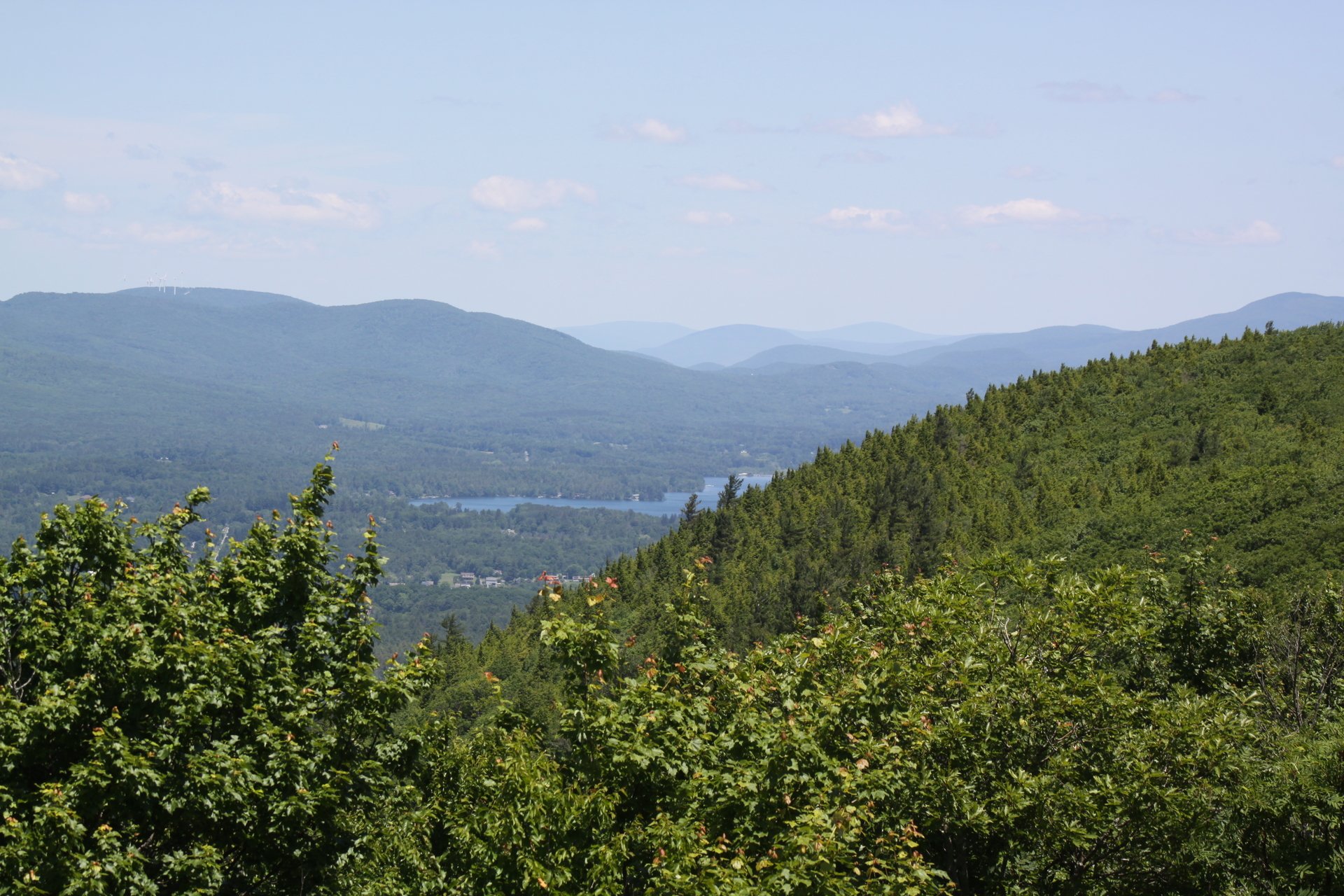Updated August 21, 2023
In spring of 2023, significant and impressive work was done by Native Habitat Restoration to remove invasive plant species from Pleasant Valley, including honeysuckle and other non-native shrubs.
In the coming weeks, the next phase of the project will take place: herbicide applications used as needed to allow native vegetation to mature on the site. Our invasive species management includes close, long-term monitoring post physical removal to enable an early response to invasive plant regeneration. Our final step will be to restore the area with native plant and shrub species.
Previous Update March 22, 2022
In July 2021, damaging winds from a severe thunderstorm blew down approximately 10 acres of trees on Lenox Mountain. The regeneration of the forest at Pleasant Valley will take decades. In the meantime, without intervention, invasive shrubs and vines will take advantage of the sunlight in newly opened areas.
Habitat management to promote regeneration of native trees and prevent the spread of non-native invasive plants is critical to ensuring the health and resilience—the ability of an area to recover from disturbance without a major change in function—of the landscape.
Although events like the microburst at Pleasant Valley are jarring, disturbances are a natural part of many ecosystems, and they can provide habitat diversity benefits. In the New England Forest, canopy turnover is an important ecological process, where understory saplings race to fill gaps created by dead mature trees.
However, in forests with dense populations of invasive shrubs and vines, like non-native buckthorn or Oriental bittersweet, tree species can lose the race, resulting, over time, in the structural disintegration of the forest. Forests affected by this replacement no longer provide the water quality, biodiversity, soil formation, and other ecosystem benefits of an intact forest.
Honeysuckles and other non-native shrubs were once planted in the region because they were thought to provide valuable food for birds and other wildlife. Now, conservationists understand that these species can do more harm than good in our landscape. They can disrupt a natural community’s food web in several ways, such as reducing host plant availability for insects, and offering lower-value nutrition for birds and other wildlife.
Beginning spring 2022, we will be working with Native Habitat Restoration to remove invasive species in the area. Invasive plant management can temporarily result in a dramatic change to the area. Over the long term, however, native plants will reclaim the area, improving wildlife habitat value and other ecological functions.
If you have questions about this project, please email us.
Stay Connected
Don't miss a beat on all the ways you can get outdoors, celebrate nature, and get involved.



